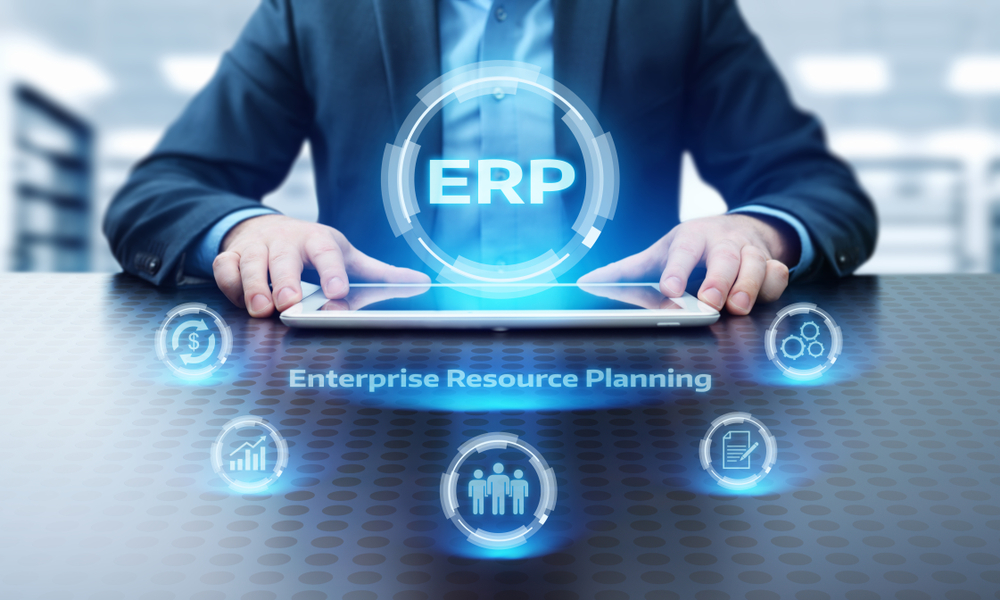How Disengaged Business Owners Can Derail Your ERP Implementation
Leave a CommentWhy Active Involvement Is Critical for ERP Success
Enterprise Resource Planning (ERP) implementations are among the most transformative, and challenging, initiatives a company can undertake. While technology and project management often get the spotlight, the real make-or-break factor is the engagement of business process owners. When these key stakeholders are disengaged, the project faces a host of risks that can undermine the entire effort. In this post, we’ll explore how lack of involvement from business process owners can derail an ERP implementation and what organizations can do to avoid this costly pitfall.
Who Are Business Process Owners?
Business process owners are individuals within an organization who are responsible for overseeing specific workflows, such as finance, procurement, sales, or manufacturing. They possess deep knowledge of their respective areas and are best positioned to define requirements, validate processes, and guide change management throughout the ERP project.
The Danger of Disengagement
ERP systems are complex, and their success depends on accurately mapping business processes and integrating them into the new system. When process owners are disengaged, several problems can arise:
- Poor Requirements Gathering: Without active input from process owners, project teams may rely on outdated or incomplete documentation. This leads to missed requirements, incorrect configurations, and processes that don’t reflect actual business needs.
- Lack of Ownership and Accountability: Disengaged owners don’t feel responsible for outcomes, leading to finger-pointing when issues arise and a lack of champions to drive adoption and resolve problems.
- Resistance to Change: ERP projects inevitably require changes to established workflows. If process owners aren’t involved early on, they may resist changes, undermining training and sabotaging user adoption.
- Delayed Decision-Making: Many critical decisions depend on process owners. If they’re absent from discussions, approvals stall and the project timeline slips, increasing costs and frustration.
- Testing and Validation Issues: Proper testing relies on business users validating that the system works as intended. Disengaged owners may skip or rush testing, resulting in costly errors that surface post-launch.
Real-World Consequences
These issues aren’t theoretical. Countless ERP failures can be traced back to disengaged process owners. Projects run over budget, deadlines are missed, and the final system fails to support core business activities, forcing expensive rework or even complete abandonment of the new platform.
Recent studies reveal that up to 70% of ERP projects fail to achieve their intended objectives, with poor stakeholder engagement cited as a leading cause. According to a 2023 industry survey, organizations with strong business process owner involvement were 2.5 times more likely to complete ERP implementations on time and within budget compared to those with low engagement. Additionally, projects that lacked active participation from key stakeholders experienced a 40% increase in post-launch issues and user dissatisfaction.
Strategies to Foster Engagement
Given the risks, companies must take proactive steps to ensure process owners are engaged from day one:
- Executive Sponsorship: Leadership should communicate the importance of the project and make engagement a clear expectation for process owners.
- Clear Roles and Responsibilities: Define what is expected from process owners, including participation in workshops, decision-making, and testing.
- Regular Communication and Updates: Keep process owners informed about project progress, upcoming tasks, and impacts on their workflows.
- Incentivize Participation: Recognize and reward contributions to encourage active involvement.
- Provide Training and Support: Equip process owners with the skills and knowledge needed to contribute effectively.
Conclusion
ERP implementation is a team effort, and the engagement of business process owners is critical to success. Disengagement isn’t just a minor setback—it’s a threat to the entire project. By prioritizing their involvement, companies can dramatically increase their chances of a smooth, on-time, and on-budget ERP rollout that truly supports the business.
The top three things to focus on are…
- COMMUNICATION: Provide regular and transparent communication about project goals, timelines, and individual responsibilities to keep process owners informed and invested.
- TRAINING: Offer targeted training and ongoing support to ensure process owners have the necessary skills and confidence to participate effectively.
- RECOGNITION & REWARD: Recognize and reward active involvement and contributions, using incentives to motivate engagement throughout the project lifecycle.
–Matt Craig, Senior Director





